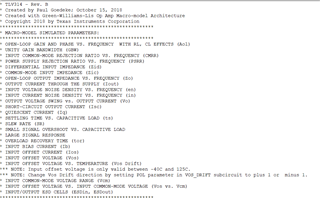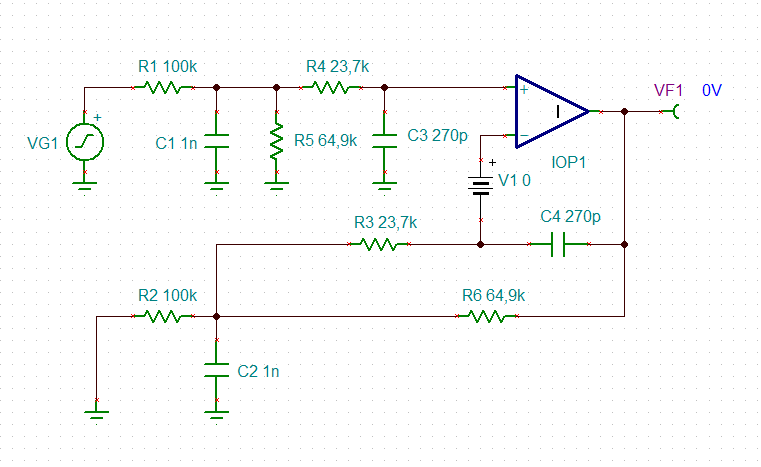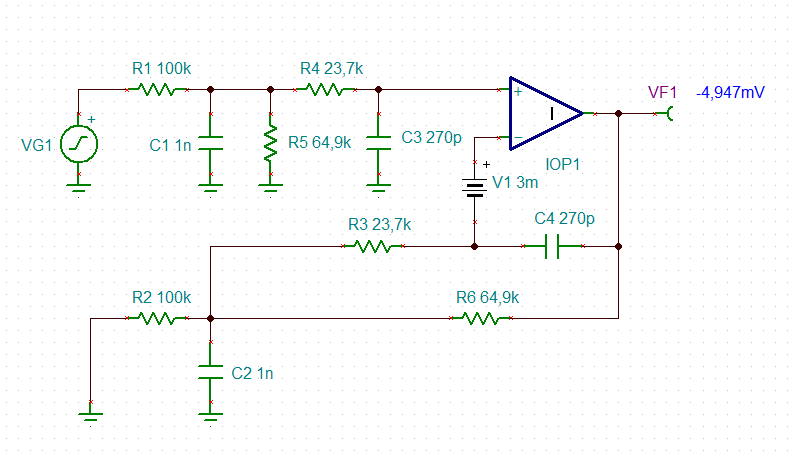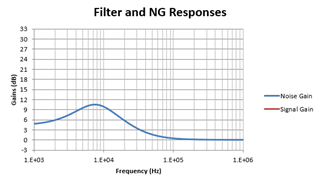Other Parts Discussed in Thread: TINA-TI
Hi,
I have one MFB circuit built using TLV314.
I am assuming that spice model of TLV314 doesn't include offset voltage.
In case of steady state, input will be attenuated by Rf/Rin which is ~0.649.
Vout = 0.649*Vin
To consider offset also in calculations, should I directly add the Voffset + Drift over temp to the final output
Vout = 0.649*Vin + Voffset.total
OR
Since generally it is considered that the offset votlage source is on the non inverting terminal, I should use that and non inverting gain which is (1+Rf/Rin) and Add to the output:
Vout = 0.649*Vin + Voffset.total * (1+Rf/Rin)
Which way should be correct approach?, please suggest if none of above is correct approach.
Thanks in Advance!
Please refer below circuit:









